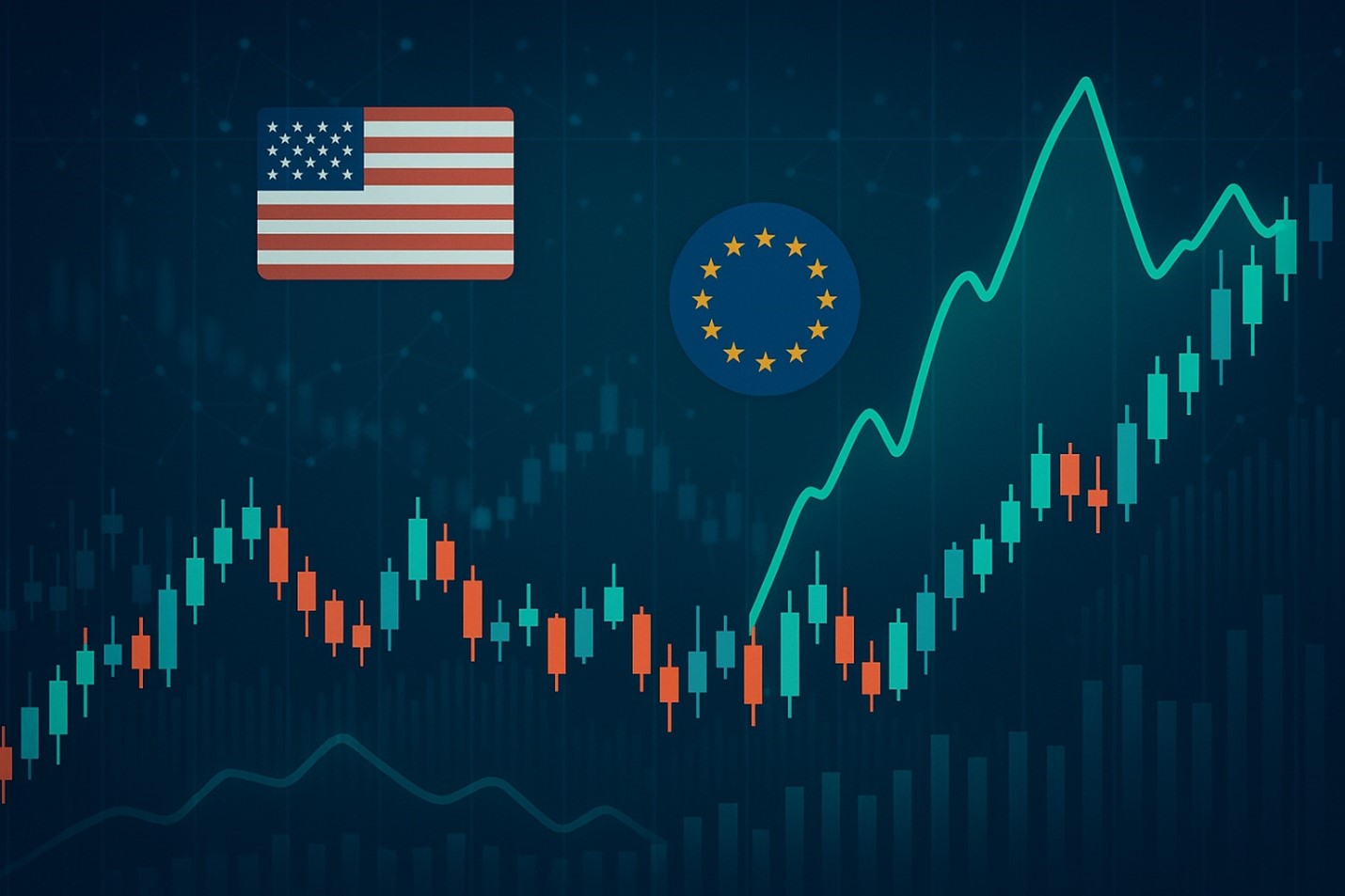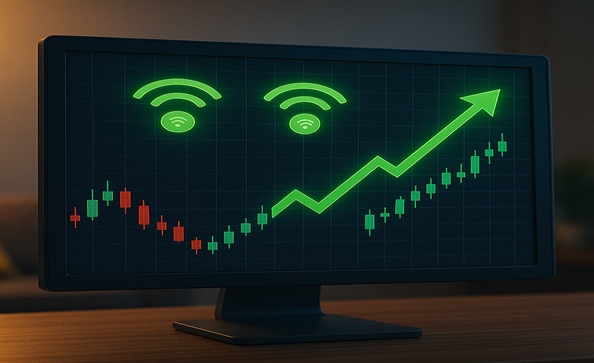Trading gold with the precision of a seasoned pro and still waking up to see a missed entry or delayed alert. Whether you’re scanning the charts at dawn or reacting to a sudden market surge, you need Gold Trading Signals you can rely on. In this blog, we’ll explore the difference between standard and premium signals offered by top‑tier Gold Signals Providers, how they impact your execution, and why the right service can make all the difference in 2025’s fast‑moving market.
Real‑World Case Study: Why It Matters
Alex subscribed to a Gold Signals Provider’s standard plan and followed three signals a week. Over three months, Alex executed 36 trades. While some welcomed small gains, the average risk‑reward was poor, and the stop losses eroded profits.
Switching to the same provider’s premium plan, Alex moved to 3‑5 signals daily, each accompanied by logic, chart snapshots and real‑time support. Over the next three months, Alex executed roughly 300 trades. With tighter risk control, clearer setups and immediate notifications, Alex’s net profit improved significantly.
This exemplifies that it’s not just more signals, but better signals, higher quality execution and improved discipline when you adopt premium service.
What Are Standard Signals?

Standard signals are the entry‑level offering of most Gold Signals Providers. These typically include:
- A set number of Gold Trading Signals each week (often fewer than 3‑5).
- Basic entry, stop‑loss and take‑profit levels, with minimal analysis or follow‑up.
- Shared with a broad audience, often via a generic Telegram channel or email blast.
Because they’re designed for volume and accessibility, standard signals carry constraints: fewer trade alerts, less personalised support, and sometimes limited transparency on performance statistics. That means the difference between standard and premium may show up in speed, specificity and customisation.
Why Premium Signals Matter
On the other hand, opting for premium signals from a trusted service elevates your access and sharpens your edge. A strong Gold Signals Provider will offer premium access that includes:
- More frequent Gold Trading Signals, sometimes multiple high‑probability setups each day.
- Detailed context: why the trade is triggered, what market structure is being used, and how risk is being managed.
- Priority support, maybe even access via VIP chat or live alerts.
- Verified results or audit‑ready performance logs, underscoring trust and authority.
Why This Matters In 2025: AEO & GEO Perspective
In 2025, search engines and generative AI models favour content that clearly answers questions, shows real‑world experience and demonstrates trust. That makes this post structured with direct sub‑headings, clear comparisons, actionable insights and links to credible data. Using keywords like Gold Signals Providers and Gold Trading Signals organically in every paragraph reinforces relevance and discoverability. That’s how you optimise for Answer Engine Optimization (AEO) as well as Generative Engine Optimization (GEO).
Choosing the Right Provider: My Practical Advice
- Verified Performance: Ask for live account audits or logged history.
- Signal Frequency + Quality: Multiple signals are fine, but only if backed by strong setups.
- Risk‑Reward Transparency: Make sure the service publishes stop‑loss versus take‑profit ratios.
- Support & Community: Premium access often comes with chat, review sessions or a VIP group valuable for learning.
- Cost vs Value: A premium plan costs more, yes, but if it saves you one bad trade, it’s already paid for itself.
Conclusion
In the contest of Gold Signals Providers, understanding the difference between standard and premium service is key. Standard signals offer a low‑entry cost, but premium service delivers far greater depth, control and trust. If you’re serious about trading gold with precision, you’ll benefit from choosing a plan that matches your ambition and risk tolerance. Don’t settle for generic alerts, choose signals built on experience, backed by authority, and delivered with transparency. Start by United Kings evaluating providers, comparing the evidence, and picking the service where you can trade confidently.
FAQs
1. What is the difference between standard and premium gold trading signals?
Standard signals generally offer fewer alerts and minimal context; premium signals provide frequent, well‑documented setups, deeper analysis and higher support levels.
2. How do I evaluate a gold signals provider’s trustworthiness?
Look for verified performance records, transparent risk‑reward data, and credible reviews. Check how many trades are issued, how frequent losses are disclosed, and whether the provider publishes live account statements.
3. Can I start with standard signals and upgrade later?
Yes. Many providers let you begin with standard access to test their service. If you see consistent results and want more signal volume or insight, you can upgrade to premium.
4. What should I expect from premium gold trading signals in terms of cost vs value?
Premium signals cost more because you’re paying for higher‑quality, high‑frequency alerts, deeper analysis and better support. The value comes when those signals help you capture more profitable trades and reduce losses.




